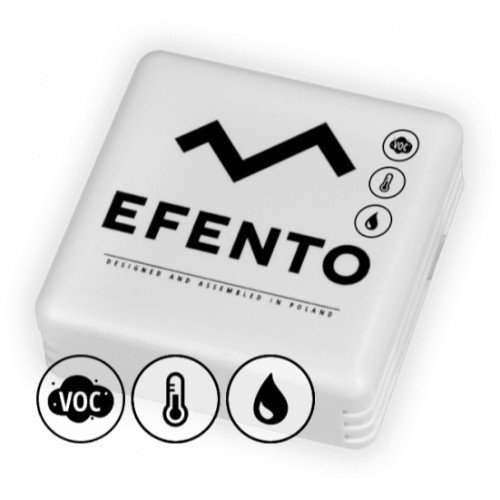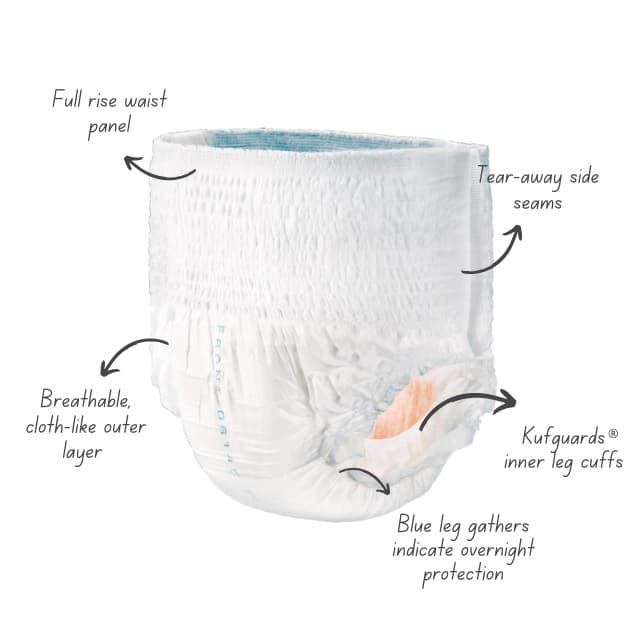
An air quality meter reports air quality and maintains a status of where the graph is going. It lets you know how clean or polluted the air is in your surroundings and what kinds of health it can affect that causes irritation, severe health conditions, allergy, and other symptoms for children and older adults that concern everyone. As the air gets polluted and it’s getting worse day, you can easily experience its effects within a few hours. The air quality meter is the air quality index (AQI). The air quality is being measured by the Environmental protection agency (EPA). It takes care of the whole process of manufacturing, processing, and supplying chemicals. It also maintains a safe level of chemicals and pollutants in food, water, and animal food to tolerate a particular ratio.
The Environmental Education Act helps in the detection and prevention of Environmental depletion and setting standards for chemical waste and hazards, and maintaining records of pollution levels.
An air quality meter, also known as a pollution monitor, is getting at a very low cost, which is a device that uses one or more sensors that detect air quality, like pollutants, humidity, and carbon dioxide in the environment; they can even detect inside as well as outside. These low-cost air pollution monitors are known as air pollutants or low-cost air sensors. These are so well-designed that they can even detect a single particle. The price of air quality monitors changes due to their advanced features like types of sensors, power sources, and other environmental factors such as temperature and humidity. These low-cost air monitors are used to detect pollutants indoors as well.
In these air quality meters, special lasers are being installed to scan particulate matter density and to detect pollutants that even come from dust storms, natural sources like volcanic smoke, fossil fuels,
Now the question arises of how we can calculate the air quality meter :
So the data banks have saved information regarding air quality from various sources like satellite-derived air quality monitors and give the detailed air quality index. Now the data banks will work on the information provided regarding different air quality indexes at different locations, which also depend on weather and pollution. In 2021, United Nations Environment Programme (UNEP) developed real-time air quality monitors with the help of validated air quality monitor readings in many countries, territories, and regions. With the help of a new artificial intelligence (AI) tool, this technology has also derived the pollution state of any region or country based on the population factor. In countries like Africa, parts of America, and some parts of Asia where the region has been densely populated, people must be affected by high pollution, and the need for air quality meters is highly required. The typical air quality meter includes all the features like a limited lifespan, and can become less reliable over time. Also, the manufacturer can provide an estimated time of how long that particular product could last. There are some factors on which the accuracy of an air quality meter depends, like humidity, temperature, time usage, indoor spaces, data of populated areas, presence of high pollutants, and nonpopulated areas.
The uses of indoor air quality meters are that they can specifically tell about the number of pollutants and toxins in the environmental factors and how the activities in a particular space impact these. A machine can’t detect every pollutant in the environment; after all, they are only designed for some pollutants, and other pollutants are also present in the region that the machine cannot detect; hence results impact humans. Now the monitor should be placed in a clean and airy region, and the area should be a little away from the areas of direct pollutant sources like fireplaces, cleaning products, stoves or in, heater/ac vents, and even windows.
In India, the cost of a single unit of an air quality meter is around 1500 – 8000 rupees, depending upon the brand and cost in different markets. That can easily be installed in homes, offices, places of work, and other areas too. Suppose you want to check the air quality index of your particular house. In that case, you need to buy an air quality monitor and evaluate the health conditions and symptoms, then monitor the carbon monoxide levels of that particular region, get an air purifier, and get it installed by a qualified professional.
The Indian Meteorological Department is the first institution in India to initiate monitoring of environmental pollutants, ozone, and chemicals. The four major indoor pollutants which are very common are carbon monoxide, formaldehyde, nitrogen dioxide, and lead, and people, especially with lung diseases or having a sensitive throat, asthma, bronchitis, emphysema, and other diseases associated with the lungs, are at more risk and children, Older adults are more prone to this, so installing an air quality monitor is one smart way to live a healthy life.








